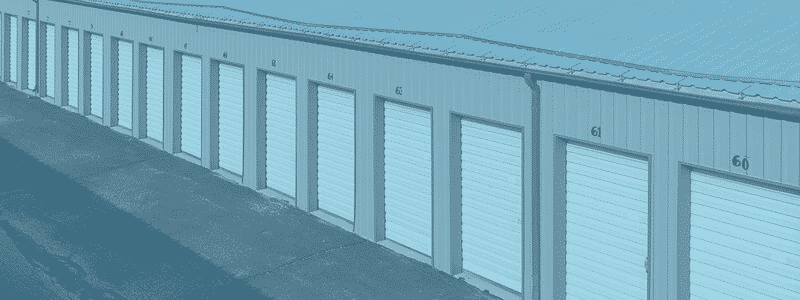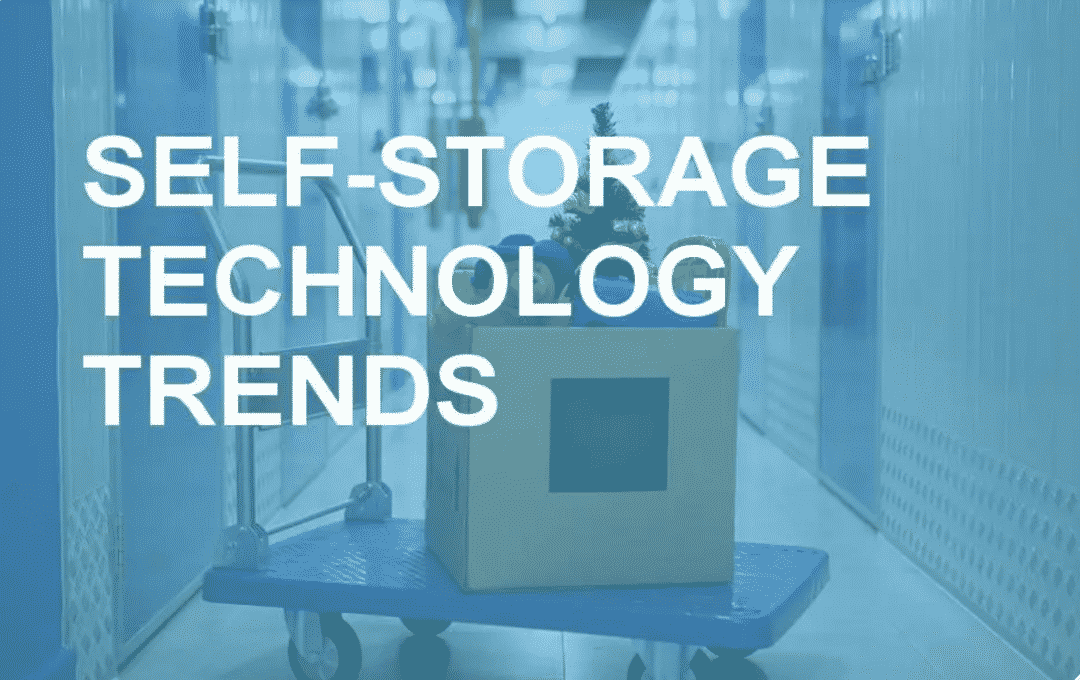On the surface, the storage industry isn’t one that many would consider very technologically adept. Self-storage and warehousing are somewhat straightforward – a lot, empty buildings, locks, and electricity are all that are needed for success, right?
Owners and operators involved in the storage business may tell you otherwise. A successful self-storage business needs marketing, management, accounting, maintenance, leasing, and a whole host of other tasks. To run their businesses more effectively and efficiently, more operators are embracing technology, saving time, and money.


Technology Trends in The Self-Storage Industry HVAC
Self-storage operators are now offering tech-savvy customers online reservations, self-serve kiosks, and biometric security solutions, all the while saving money with management platforms. Some are adding HVAC units where there were none before and seeing profits rise.
Here are a few ways technology is advancing the HVAC industry trends in the self-storage industry:
Mobile Apps
The Millennial generation craves technology in nearly every aspect of life, and some self-storage businesses are gaining a competitive edge by offering mobile apps to control access to their units. No longer do self-storage tenants need to keep track of a designated key or access card. Specialized mobile apps let them access and manage the storage unit with their phones.
With a mobile app, self-storage companies can also offer the ability to start and renew leases, make payments, update access codes, and communicate with the storage company.
“As Millennials are starting to become a larger percentage of those using self-storage, they want to interact with operators using technology, specifically smartphones, and apps or responsive mobile websites,” Terry Bagley, Vice President of Business Development for Janus International Group, told Inside Self Storage. “They expect to be able to accomplish most, if not all, of the rental and ongoing interaction via their smartphones.”
Kiosks
Self-storage kiosks offer customers the ultimate level of convenience. They put the self in self-storage. Tenants can use them to access the facility at all hours, reducing the manager’s workload by taking care of routine customer interactions.
Kiosks use specially-designed software that is integrated with property management systems. Any action a customer takes is immediately loaded into the necessary databases and reports without additional action by the property manager.
Convenience is key in the self-storage market, and companies who advertise the ability to use these 24-hour tools are finding that they are great selling tools. Combined with a mobile app, tenants might need no personal interaction at all.


Biometrics
Security is a primary feature of the self-storage industry. People are paying to securely store their belongings. Biometric technology provides secure access that’s practically impossible to breach.
Biometric security measures a person’s unique characteristics, including patterns in their voice, retinas, or fingerprints. For example, a building might be accessed through a fingerprint scanner.
Tech companies like Innuvo are introducing biometric security to self-storage access. It has created a high-level security system using biometric access control. The system uses facial-recognition technology that measures a variety of unique measurements and characteristics for maximum security. These characteristics are scanned and matched with customer records.
Remote Monitoring
Some self-storage owners and operators have already realized there is a profit to be made by installing high-efficiency HVAC units and raising the rent. However, HVAC can be tricky. Many self-storage owners simply don’t want to, or don’t have time to, deal with HVAC maintenance. After all, it’s just another thing that can break! That’s where remote monitoring comes in handy.
Solutions like Building 36 provide instant/real-time data on unit performance and can often sense an issue and dispatch a tech automatically by integrating with a service provider like Motili. This type of integration can streamline the management of potentially time-consuming tasks like finding, scheduling and dispatching contractors.
This storage automation technology is changing the game by improving the bottom line for storage facilities without increasing the workload for owners and operators.
Robotics
Sure, we haven’t quite entered Isaac Asimov’s world of talking androids in every home and business (and no, Alexa doesn’t count). But robotics has started to enter more industries, including storage. French engineering company Wyca designed a robot named Keylo that allows storage facility operators to remotely interact with customers. The robot has already been adopted by several facilities in Europe.
Keylo acts like a self-service kiosk by assisting customers with the rental process. Unlike the stable machines, however, Keylo moves on wheels, enabling it to offer guided tours.
The robot is more interactive than the standard kiosk. It can connect customers to live advisors who can answer their questions while also allowing them to digitally sign lease agreements and retrieve locks.
Self-Storage Management Software
Facility operators have been relying on management software for years, but the cloud is integrating the technology with the customer experience. Now, cloud-based software provides owners and managers updated data on every aspect of the business, while they allow for the automation of routine tasks, saving time and money.
Some software even dispatches maintenance requests, provides insight on customer and financial trends, and makes accounting easy by merging all necessary data from a variety of sources. It’s the management software that acts as a control center, integrating the other technologies for an automated business model.


Latest Trends in HVAC Industry
When building a self-storage facility, the HVAC system should be one of the essential elements to consider. Having control over the temperature in the self-storage industry offers an additional luxury to your tenants, resulting in more profit.
Motili’s direct manufacturer relationship with one of the nation’s largest HVAC manufacturers ensures fast and efficient delivery, leading to financial and time savings for Motili’s customers.
There are undoubtedly significant factors and trends to consider when choosing your new HVAC system to install in a self-store industry. Here, we’ll explain some of the latest trends in HVAC Industry.
Construction Design
Consideration should be given to the design of the entire building when installing an HVAC system. The long walls with metal doors are heat conductive in the self-storage industry. Since they are not airtight, keeping a unit at a controlled temperature is not an easy task. Therefore, storage units should consider this at the time of construction. They will be built with insulated concrete walls to maintain a perfect temperature in the ideal case.
Motili’s turnkey solution provides full-suite service, including:
- Dispatch
- Work order management
- Billing
- Resident scheduling
- Logistics
- Reporting
- Repair
- Maintenance
Motili is your single point of contact for all HVAC jobs at your properties.
Energy Efficiency and Insulation
According to recent HVAC industry trends, the ideal temperature for a self-storage unit should be below 85°F in summer and above 40° in winter. In addition, an essential factor is humidity, which should keep at the lowest possible levels; between 45 and 50% should be adequate to keep most of the items stored safely.
Motili provides reactive repairs, new installations, and ongoing proactive and preventive HVAC management services, allowing you to control costs and optimize energy efficiency.
Cost-Effectiveness
Following the latest HVAC industry trends, HVAC systems are now designed to be more efficient and environmentally friendly.
One of the most prevalent HVAC trends is temperature control through zoning, allowing different temperatures to be set in different areas within a self-storage building. This is created with duct dampers that allow Motili’s users to use multiple thermostats to control HVAC settings in different rooms.












